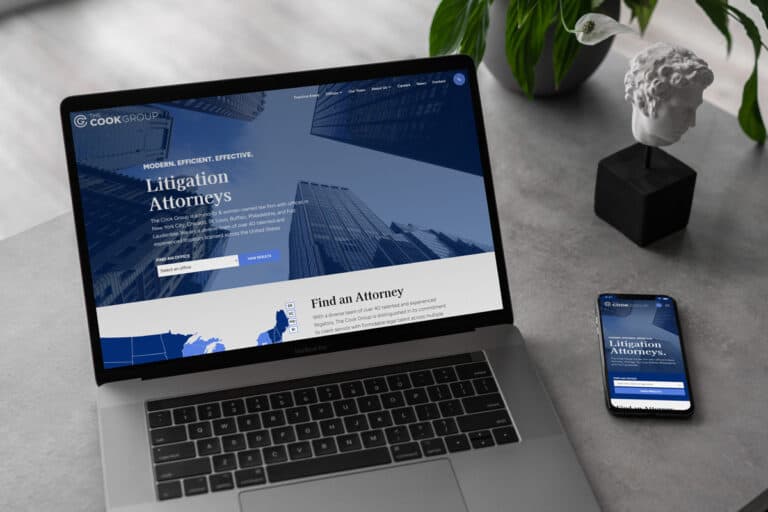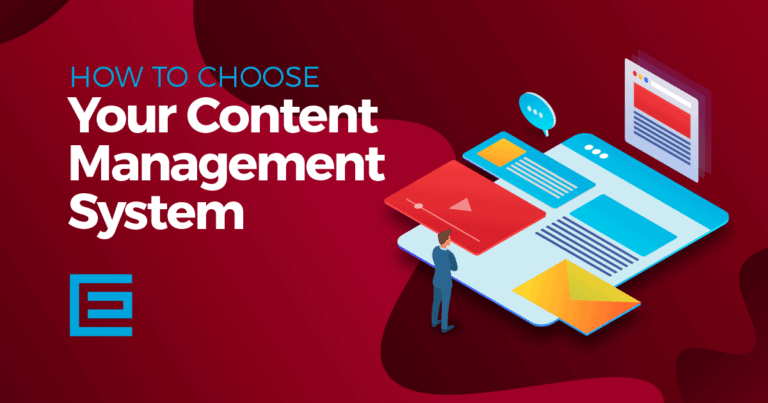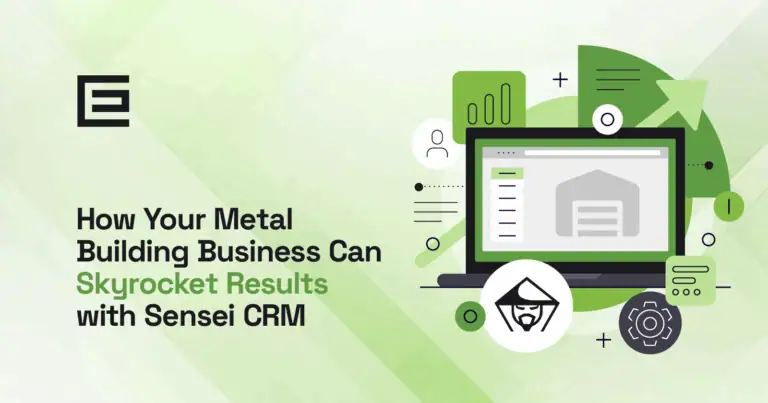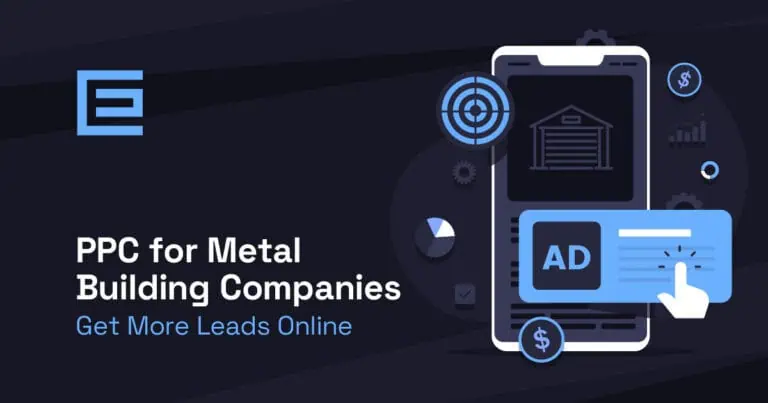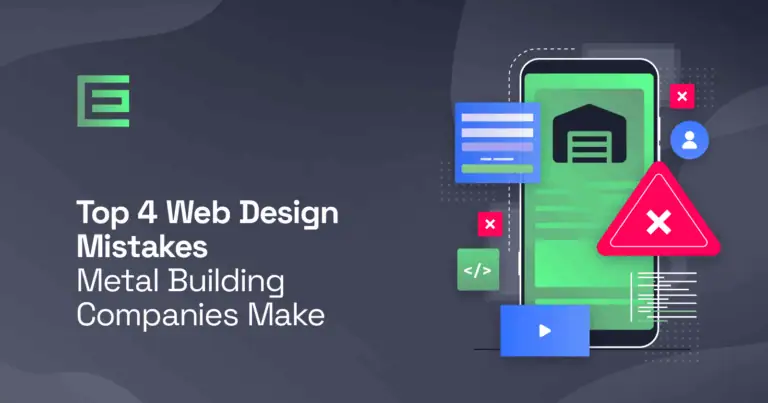In the metal building and structural steel world, staying ahead of technology, materials, codes, and sourcing is essential. One of the best ways to do that is by getting out of the office and onto the show floor. Trade shows offer first‑hand access to product innovations, vendor meetings, technical education, and relationship building that digital channels alone can’t replicate.
Below, we highlight the top trade events (U.S. and international) that metal building fabricators, erectors, roof & cladding suppliers, and structural steel professionals should have on their radar in 2025 and 2026. We’ll also share tips for maximizing trade show ROI (return on investment).
- 1METALCON
- 2NASCC: The Steel Conference
- 3FABTECH
- 4International Manufacturing Technology Show (IMTS)
- 5International Builders’ Show (IBS) / Design & Construction Week (DCW)
- 6Bauma (Munich, Germany)
- 7Regional & Specialized Shows
- 8Choosing Which Shows to Prioritize
- 9How to Maximize ROI at Metal Building Trade Shows
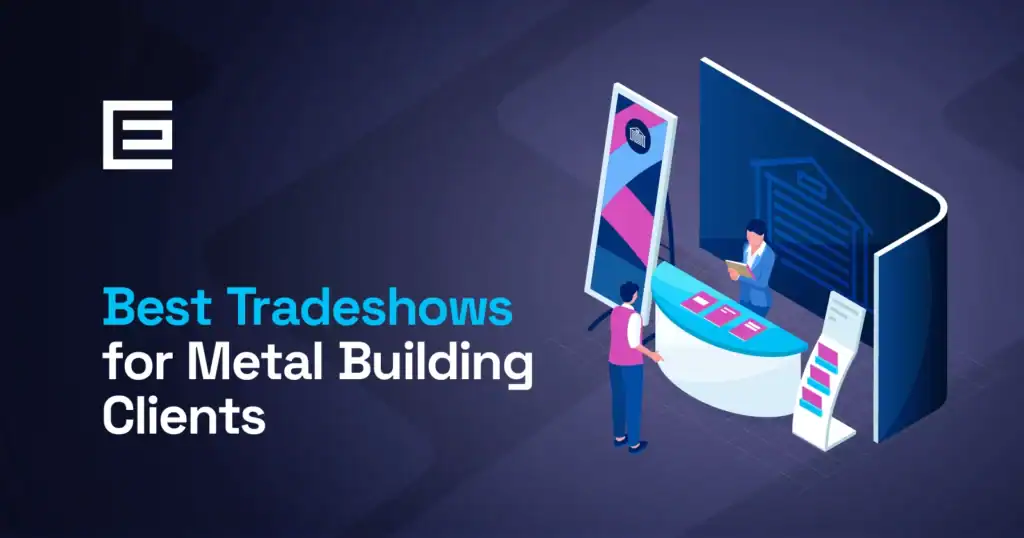
Top Trade Shows for Metal Building Professionals
METALCON
When / Where: October 7th-9th 2026, Orange County Convention Center in Orlando, Florida.
Why It Matters: METALCON is the only global event entirely dedicated to metal in construction and design. It brings together architects, engineers, contractors, manufacturers, and suppliers focused on roofing, framing, cladding, insulated panels, and more.
What You’ll Get:
- A full exhibit hall of metal building products, from fasteners to panel systems
- Technical seminars on topics like energy efficiency, modern metal architecture, and sustainability
- Networking opportunities with specifiers, industry influencers, and potential buyers
If your business works in or adjacent to metal roofing, wall panels, architectural metal systems, or metal building kits, METALCON should be a priority.
NASCC: The Steel Conference
When / Where: April 22-24, 2026 Georgia World Congress Center
Why It Matters: The NASCC (sponsored by AISC) is the leading event for structural steel. It draws engineers, fabricators, detailers, erectors, and software providers.
What You’ll Get:
- Cutting-edge technical sessions on design, fabrication best practices, emerging codes, and research
- Exhibits with machinery, software, connection technologies, coatings, and steel product suppliers
- A chance to engage the engineering and specification community
For metal building clients who want to ensure structural performance, integration, and efficiency, showing (or attending) at NASCC helps you stay at the technical forefront.
FABTECH
When / Where: October 21-23 Las Vegas (Las Vegas Convention Center)
Why It Matters: FABTECH is North America’s largest metal forming, fabricating, welding, and finishing technology show. It’s not specific to metal buildings, but it’s critical for firms invested in fabrication equipment, automation, and advanced processes.
What You’ll Get:
- Machinery demos (laser cutting, press brakes, automated welding cells, robotics)
- Suppliers of raw materials, coatings, fasteners, metrology, and additive manufacturing
- Networking with advanced manufacturers—many of whom are becoming subcontractors or partners in metal building supply chains
Even if you’re not a fabricator yourself, attending FABTECH can help you understand where your suppliers are heading — and spot partnership or outsourcing opportunities.
International Manufacturing Technology Show (IMTS)
When / Where: Every even‑year (e.g. 2026) September 14-19, 2026 in Chicago, IL (McCormick Place)
Why It Matters: IMTS is a grand showcase of manufacturing technologies — machine tools, automation, robotics, tooling — with relevance for steel and metal fabrication workflows.
What You’ll Get:
- Massive scale — hundreds of thousands of square feet of exhibits
- Deep exposure to the next generation of manufacturing tech
- Cross‑industry ideas (e.g. from aerospace, automotive) that may translate into improvements in metal building production
If your business is invested in manufacturing excellence, adding IMTS to your calendar is wise.
International Builders’ Show (IBS) / Design & Construction Week (DCW)
When / Where: Late February every year, FEB 17-19, 2026 Orlando, FL (or Las Vegas depending on year)
Why It Matters: While IBS is broader than just metal buildings, it draws residential and light commercial builders, architects, and specifiers. Co‑located shows like KBIS bring design professionals into the mix.
What You’ll Get:
- Exposure to end‑users, general contractors, and architects
- A chance to influence design decisions early in projects
- Cross-pollination of ideas in sustainable building, prefab, modular, and modern systems
If your metal building products serve the low-rise, agricultural, or commercial markets, IBS helps you reach prospective buyers beyond the pure steel world.
Bauma (Munich, Germany)
When / Where: Every three years, Munich, Germany
Why It Matters: Bauma is the world’s largest trade fair for construction machinery, building material machinery, mining machines, and equipment. While it’s not metal-building specific, its global scale and the machinery on display make it essential for benchmarking international developments.
What You’ll Get:
- International suppliers and manufacturers not represented much in North America
- The ability to see how Europe and Asia are pushing boundaries in metal fabrication, automation, and machinery
- Networking with global firms that may expand or partner in the U.S.
If you’re targeting international expansion or want to stay global in your view of metal building trends, Bauma is a must.
Regional & Specialized Shows
Don’t overlook smaller, regional or niche events that may directly serve your target markets:
- Mountain West Buildings & Facilities Management Trade Show & Conference — targeted to building owners, facility managers, and developers in the Mountain West.
- West Coast Buildings & Facilities Management Trade Show & Conference — same concept for the West Coast region.
- Metal Marketplace Events (CBG, RJO, LJG, SJO, etc.) — these trade shows (via Metal Marketplace International) focus on metal building, roofing, and related sectors.
These events can be more cost-effective, with higher concentration of relevant leads and shorter travel.
Choosing Which Shows to Prioritize
With finite resources, every trade show decision has weight. You want to make sure your investment of time, money, and people power delivers the strongest possible return. To help guide those decisions, consider the following key factors before finalizing your calendar.
Audience Fit
Not all shows serve the same audience, and the key is matching your strengths to the right crowd. If your company excels in structural systems or components, then NASCC (Steel Conference) offers a direct line to engineers, fabricators, and decision-makers in that space. On the other hand, if your products focus more on finishes, architectural aesthetics, or specialty panels, METALCON may be the stronger fit. The closer the audience aligns with your offering, the more likely the conversations you have at your booth will turn into qualified leads rather than casual interest.
Geographic Reach
Your goals for market expansion should also shape your trade show choices. Companies that rely heavily on regional sales and local distribution often find regional or state-level shows to be the most effective, since they allow you to connect with prospects in your core markets without overextending your resources.
If your growth strategy includes national or even international visibility, larger shows like METALCON, FABTECH, or Bauma offer the scale and audience to support those ambitions. A well-rounded strategy might combine one flagship national show with one or two regional events to maintain consistent presence across different levels of the market.
Cost vs. ROI
Trade shows represent a major investment, and analyzing cost versus return is essential. Large, high-profile events typically come with higher booth fees, greater travel expenses, and heavier staffing requirements, but they also deliver greater exposure and more opportunities to fill the sales pipeline. Smaller, niche shows may have a lower upfront cost and can sometimes produce a higher-quality lead pool relative to the dollars spent because the audience is highly targeted. To make informed decisions, you need to think beyond booth rental and include travel, shipping, marketing, and follow-up costs, then weigh those against realistic conversion expectations.
Complementarity
An effective show calendar doesn’t just focus on one type of exposure; it builds credibility across multiple dimensions. For example, a company might attend METALCON to drive broad product awareness, participate in NASCC to establish technical credibility among structural professionals, and add a regional show to maintain relationships in a key market. By layering different types of events, you ensure that your brand is being seen by both decision-makers and influencers across the industry, which strengthens your reputation from multiple angles.
Timing
Finally, the timing of your show schedule can make or break your success. Even the best shows can underperform if your calendar is too crowded. Stacking events too closely together risks exhausting your sales team and, more critically, can prevent proper lead follow-up—which is where much of the real return on investment happens. By spacing events strategically throughout the year, you allow your team to prepare effectively, show up strong, and follow up thoroughly. A staggered approach also ensures steady market visibility without burning out your team or overextending your budget.
How to Maximize ROI at Metal Building Trade Shows
Trade shows are one of the biggest investments a company can make in terms of marketing and business development. To get the most out of them, it’s not enough just to show up—you need a plan that spans before, during, and after the event. Here are the key strategies to ensure your trade show dollars deliver maximum return.
Pre-Show Outreach
The work begins long before the doors open. Successful exhibitors don’t wait for foot traffic to bring people to their booth; they actively invite prospects, clients, and partners ahead of time. This might mean sending personal invitations to your top leads, promoting your booth through email campaigns and social media, or even scheduling one-on-one meetings during the show. Sharing your booth number, layout, or special demo schedule gives people a reason to add you to their agenda. Pre-show outreach not only ensures steady traffic but also signals to prospects that you value their time and want to make the most of the event.
Define Clear Goals
Trade shows can serve many purposes, but you’ll get the best results if you define your objectives before you arrive. Ask yourself: Are you launching a new product that needs maximum visibility? Is your main focus generating a specific number of qualified leads? Or are you there to secure distribution partners and build long-term relationships? By setting measurable, realistic goals, you’ll guide your team’s actions during the show and create benchmarks for evaluating success afterward. Clear goals also help prioritize resources, ensuring that your team stays focused on outcomes rather than just activity.
Booth Experience Matters
Your booth is more than a backdrop—it’s your most powerful sales tool. A table and a few brochures won’t cut it. The most effective booths engage all the senses and invite interaction. This could mean showcasing full-scale mockups of building systems, offering hands-on product samples, or integrating VR and AR experiences that let visitors visualize how your solutions work in real-world applications. A well-designed booth creates curiosity, encourages conversation, and makes your company stand out among a sea of competitors. Think of it as an immersive brand experience rather than just a display.
Capture Data Immediately
Leads are the lifeblood of any trade show, but they’re only valuable if captured and organized properly. Relying on business cards is outdated and unreliable. Instead, use badge scanners, lead retrieval apps, or mobile CRM integrations to collect data in real time. Even more importantly, assign follow-up responsibilities immediately—whether it’s sending an intro email during the show or routing leads to specific sales reps for post-event outreach. By closing the gap between the booth and the sales process, you prevent promising contacts from slipping through the cracks.
Educational Value
Trade shows aren’t just about selling; they’re also a hub for learning. Technical sessions, design panels, and keynote presentations provide insights into industry trends, new technologies, and best practices. Attending these sessions helps your team stay ahead of the curve and gives you fresh material to reference in client conversations and marketing campaigns.
Staff Training
The people in your booth matter as much as the booth itself. Poorly trained staff can undermine even the most expensive setup. Before the event, make sure your team understands your core messaging, knows how to present your products, and can confidently field technical questions. They should also be trained to qualify leads quickly, distinguishing between casual browsers and serious buyers. The more confident and knowledgeable your staff, the more likely they are to turn booth visitors into lasting customers.
Post-Event Follow-Up
The trade show may end when the lights go out, but the real work begins afterward. Within just a few days, you should send personalized follow-up emails that reference specific conversations and propose concrete next steps. A generic “Thanks for stopping by” email won’t stand out. Instead, highlight what was discussed at the booth, share additional resources, and outline how you can help with their project or challenge. Timely, thoughtful follow-up dramatically increases the likelihood of turning leads into revenue.
Measure & Reflect
Finally, no trade show strategy is complete without post-event analysis. Once the dust settles, evaluate your results: How many leads did you capture? How many converted into opportunities or sales? Which activities generated the most engagement? Use this data to refine your approach for future shows. Over time, this iterative process will help you identify which events, tactics, and messages deliver the strongest ROI, allowing you to continuously improve and justify your investment in trade shows.
Some of the top events include METALCON, NASCC: The Steel Conference, FABTECH, and regional building management shows. Each offers unique networking, technical sessions, and exposure opportunities for metal construction professionals.
Trade shows help companies stay ahead on industry trends, materials, codes, and technology. They also provide invaluable networking and partnership opportunities that can lead to new clients and stronger supply chains.
METALCON and the International Builders’ Show (IBS) offer direct access to architects, contractors, and design professionals who influence material selection and project specifications.
Yes. Regional shows often have lower costs and more targeted audiences. For example, Mountain West and West Coast Building & Facilities events connect you with local buyers and facility managers.
Start outreach early, define goals before attending, train booth staff thoroughly, and follow up promptly after the event. Consistent post-show engagement often drives the strongest returns.
Contact TheeDigital Today
For metal building clients, trade shows are not optional — they’re strategically essential. The right mix of shows accelerates lead generation, deepens industry credibility, keeps your finger on emerging trends, and helps you build relationships that can’t be replicated via email.
By combining flagship events like METALCON and NASCC with targeted regional shows and fabrication expos like FABTECH or IMTS, you’ll build a pipeline, gain insights, and position your brand at the forefront of the evolving metal construction world.
Tags: Metal Building Marketing
